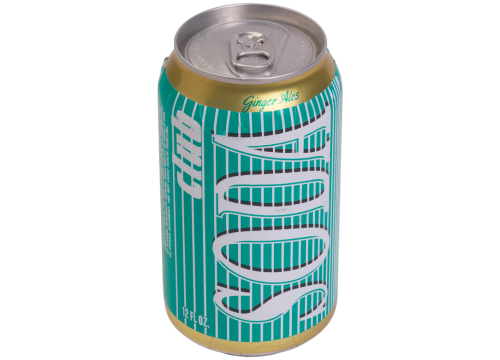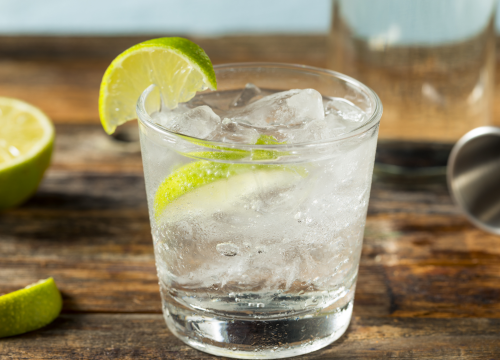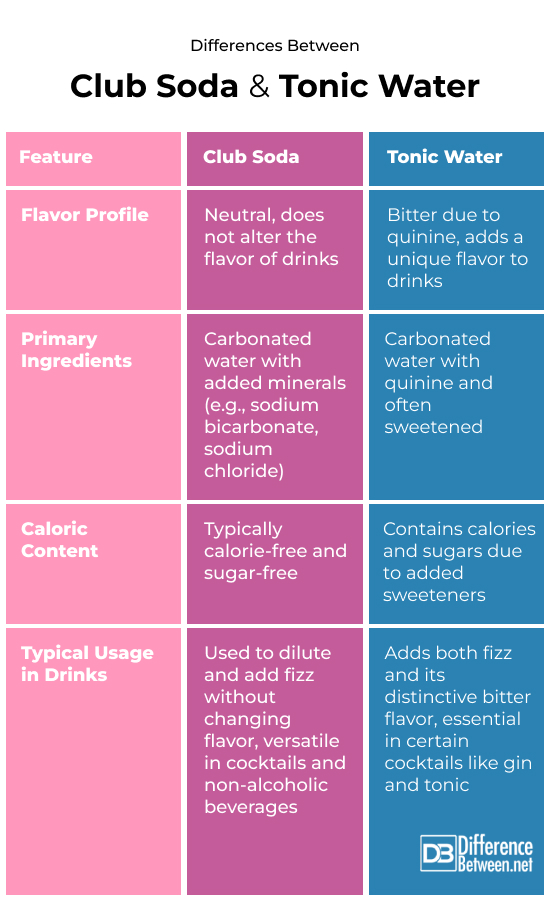Difference Between Club Soda And Tonic Water
Introduction
Classic fizzy drinks include club soda and tonic water. Tastes vary, making cocktails and other drinks more fascinating. Although both drinks feature carbonation, their tastes, ingredients, and cooking uses are extremely different, making them unique mixology players. This article begins a sparkling exploration of club soda and tonic water. It will show drinkers and professionals how these two drinks mix in traditional and modern combinations.

What is Club Soda?
Definition and Production Process
Club soda is manufactured by pressurizing water and adding carbon dioxide gas. Club soda’s fizz comes from carbonation. After carbonation, club soda contains minerals, unlike fizzy water. These nutrients improve water taste and make it a good mixer in cooking and mixology. Clean water, carbon dioxide, and minerals are used to manufacture club soda.
Ingredients
Club soda is largely fizzy water with minerals for its peculiar, somewhat salty taste. Common minerals include potassium sulfate, sodium bicarbonate (baking soda), sodium chloride (table salt), and magnesium sulfate. All of these minerals improve club soda’s taste and texture. To balance and enhance the flavors of many cocktails, this ingredient is ideal. Tonic water stands out for its acidity and quinine. However, club soda’s neutral taste enables it complement other cocktail ingredients.

What is Tonic Water?
Definition and Production Process
Tonic water is a carbonated soft drink that distinguishes itself with quinine. Quinine was once used to treat malaria. It provides tonic water its bitter taste that distinguishes it from other fizzy drinks. Tonic water is made by adding carbonation and quinine from cinchona bark. In addition to quinine, tonic water is sweetened to reduce harshness. It tastes well alone or in cocktails like the gin and tonic.
Ingredients
Quinine provides tonic water its peculiar taste and flavor, but carbonated water is its principal constituent. Quinine’s bitterness distinguishes tonic water. Adds depth that can be stimulating and difficult to adjust to. The bitterness of tonic water is reduced by adding sugar or high-fructose corn syrup, however there are sugar-free variants. Tonic water’s flavor originates from quinine’s harshness and the sweets’ sweetness. This makes it a useful mixology element that can improve many beverages.
Possible Similarities Between Club Soda and Tonic Water
Carbonation: Both beverages are carbonated, offering a refreshing fizz that enhances various drinks.
Mixers: They’re commonly used as mixers in cocktails, adding effervescence without overwhelming other flavors.
Flavor Bases: Each serves as a base for flavored variations, allowing for creative beverage concoctions.
Key Differences Between Club Soda and Tonic Water
Since club soda is bland, it can be blended with other drinks without altering their taste.
Quinine makes tonic water bitter and unusual.
Key Ingredients:
To improve club soda taste, sodium bicarbonate, sodium chloride, and potassium sulfate are added.
Quinine tastes harsh because of tonic water. The drink is sweetened to counteract the bitterness.
Use in cocktails:
Club soda thins and fizzes drinks without affecting their taste.
Gin and tonic taste different with tonic water because it adds fizz and flavor.
Different Health Aspects:
Since it has no calories, sugar, or artificial sweeteners, club soda is superior.
Because it adds sweeteners to mask the quinine taste, it has more sugar and calories than tonic water.
Background history:
Tonic water was originally medicinal. It once prevented malaria due to quinine.
Club soda was designed for cooking and mixing, not medicine.
Difference Between Club Soda and Tonic Water

Summary
A lot of people like to mix drinks with fizzy water, but club soda and tonic water taste have different amounts of calories, and are drunk in different ways. Club soda is great for adding fizz to a cocktail or non-alcoholic drink because it doesn’t taste like anything and doesn’t have any calories. Tonic water, on the other hand, makes drinks like the gin and tonic fizzy and tasty. It is bitter from quinine and high in calories from sweets.
Whether you choose club soda or tonic water relies on your taste and the outcome of the drink. Knowing these important differences and similarities will help you pick a mixer that won’t add too much taste to your drink or overpower the other ingredients. Mixologists and drink experts have to pick the right mixer to make tasty, historically accurate, and low-calorie cocktails.
FAQs
Which is better, club soda or tonic water?
Neither is inherently better; it depends on personal taste and the intended use. Club soda is preferred for a neutral mixer, while tonic water is chosen for its unique bitter flavor.
Can club soda be substituted for tonic water?
Yes, but the substitution will affect the taste of the drink, removing the bitter flavor that tonic water would provide.
Is tonic water just club soda with sugar?
No, tonic water contains quinine, which gives it a bitter taste, in addition to being sweetened. Club soda is neutral and usually not sweetened.
Is club soda just sparkling water?
Not exactly. While both are carbonated, club soda contains added minerals for taste, unlike plain sparkling water.
Is San Pellegrino a club soda?
No, San Pellegrino is a brand of naturally carbonated mineral water, not club soda, and it does not contain added minerals for taste like club soda.
Is vodka better with club soda or tonic?
It depends on personal preference. Vodka with club soda is more neutral, allowing the vodka’s taste to shine, while vodka with tonic water adds a bitter and slightly sweet flavor to the drink.
Is Perrier just club soda?
No, Perrier is a brand of sparkling natural mineral water and does not contain added minerals or flavors that characterize club soda.
Is Perrier the same as club soda?
No, they are different; Perrier is natural sparkling mineral water, while club soda is carbonated water with added minerals for enhanced taste.
Why is it called club soda?
The term “club soda” originated in the 19th century when it was first produced and marketed by soda manufacturers. It was often associated with its use in gentlemen’s clubs and social settings, hence the name “club soda.”
- Difference Between Psychopath and Sociopath - April 2, 2024
- Difference Between IQ and EQ - April 2, 2024
- Difference Between Good Carbs and Bad Carbs - April 2, 2024
Search DifferenceBetween.net :
 Email This Post
: If you like this article or our site. Please spread the word. Share it with your friends/family.
Email This Post
: If you like this article or our site. Please spread the word. Share it with your friends/family.
1 Comment
Leave a Response
References :
[0]Steen, D., & Ashurst, P. R. (Eds.). (2008). Carbonated soft drinks: formulation and manufacture. John Wiley & Sons.
[1]MacDonald, K. S. (2022). Just the tonic: a natural history of tonic water: by Kim Walker and Mark Nesbitt, Richmond, Surrey, Kew Publishing, 2019, 144 pp., ISBN 978-1-84246-689-6.
[2]Steen, D., & Ashurst, P. R. (Eds.). (2008). Carbonated soft drinks: formulation and manufacture. John Wiley & Sons.
[3]Steen, D., & Ashurst, P. R. (Eds.). (2008). Carbonated soft drinks: formulation and manufacture. John Wiley & Sons.
[4]MacDonald, K. S. (2022). Just the tonic: a natural history of tonic water: by Kim Walker and Mark Nesbitt, Richmond, Surrey, Kew Publishing, 2019, 144 pp., ISBN 978-1-84246-689-6.
[5]MacDonald, K. S. (2022). Just the tonic: a natural history of tonic water: by Kim Walker and Mark Nesbitt, Richmond, Surrey, Kew Publishing, 2019, 144 pp., ISBN 978-1-84246-689-6.
[6]Image credit: https://www.canva.com/photos/MAC9s4QqefY-can-of-club-soda/
[7]Image credit: https://www.canva.com/photos/MAD9Rxcjctk-refreshing-boozy-gin-and-tonic/


thank you for build up such a good site.